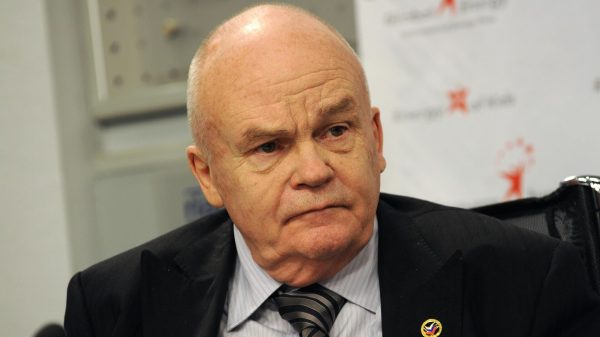The government's relaxation of requirements for the repatriation of foreign currency earnings by exporters, which began in late April, did not affect the dynamics of its sales in May — the ratio of net sales to revenue was 108%, according to the Central Bank's July financial markets review (data for June and July are not yet available).
Tatyana Edovina
Tatyana Edovina
Let us recall that the beginning of the easing of requirements for exporters to credit revenue was accompanied by the extension of this regime for another year. Then the credit threshold was lowered twice — in June from 80% to 60% (its application began on July 21, before that the easing consisted of increasing the terms of sale, as well as in the applied exceptions), and in July — from 60% to 40%. We are talking specifically about the share of repatriation, and not sales of revenue returned to the Russian Federation, the latter still amounts to 90%.
The Central Bank emphasizes that the threshold level does not affect the ruble exchange rate. In April, as in May, the ratio of net sales to foreign exchange earnings was also high — 104%. In March, it was 97%, in February — 82% (the share is calculated based on a sample of 29 major exporters, while the decree on mandatory sales applies to 43 groups of exporters). In any case, the value was clearly higher than the 72% that had to be sold at that time (90% of 80% of repatriated revenue).
It is expected that the lowering of the threshold will give exporters more flexibility in making payments — companies can use revenue to pay for imports or other payments without transactions on the Russian stock exchange or over-the-counter market.
In July, net sales of revenue (the same 29 companies) already decreased by 15% — to $12 billion, but the Central Bank explains this decline by the high base of June (exporters sold revenue in anticipation of high dividend payments). A year ago, the sales volume was significantly lower — $6.9 billion, while the July figure was the lowest since September last year, noted Dmitry Polevoy, Investment Director of Astra UA.
In its June report, the Central Bank explained the strengthening of the ruble (it was no longer observed in July) by a decrease in demand for currency from importers. In July, the population also reduced purchases — their net volume was three times lower than in June, but the influence of both factors balanced out the decrease in foreign exchange earnings — the exchange rate remained almost unchanged over the month.
One of the reasons for a more stable decrease in the volume of sales of foreign exchange earnings may be an increase in the share of the ruble in settlements (information on this is not provided in the Central Bank report), as well as a change in the trade balance — a decrease in export earnings following a decrease in prices for export goods or an increase in imports. However, so far, it follows from the balance of payments data that imports, like exports, are declining. Taking into account the lags between payment for deliveries and actual imports (which determines the volume of imports in a given month), data for the autumn months may be more indicative — then the statistics will reflect the impact of the June round of restrictions.

































































Свежие комментарии